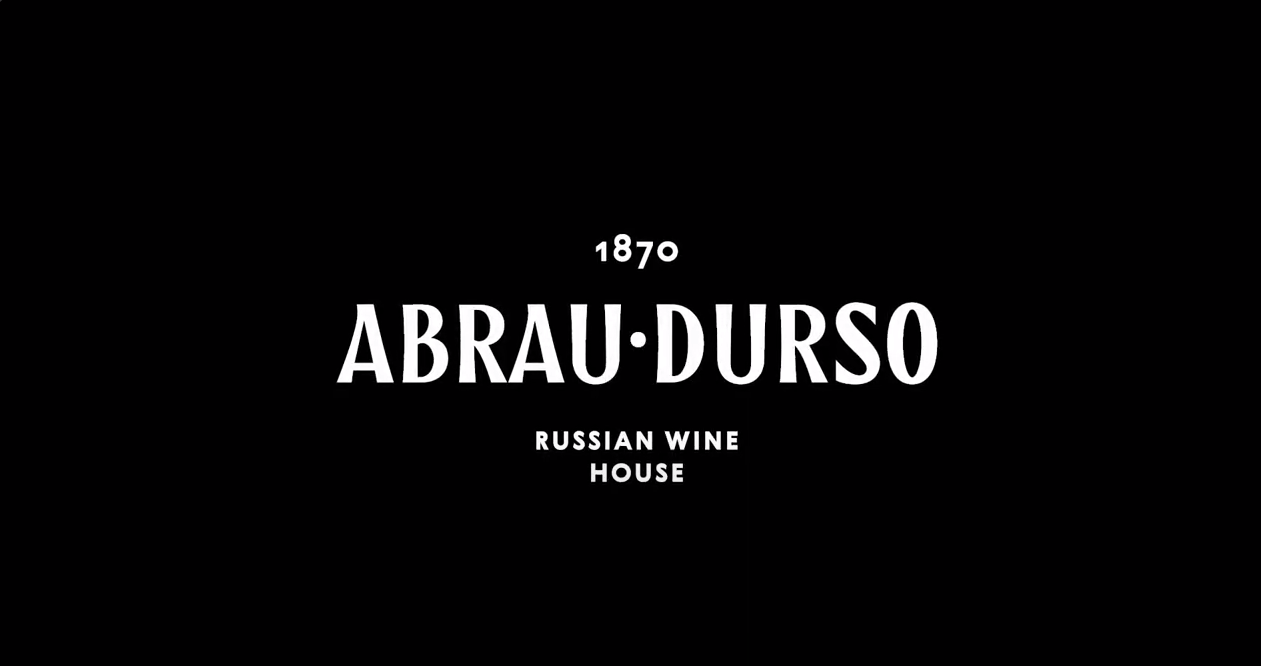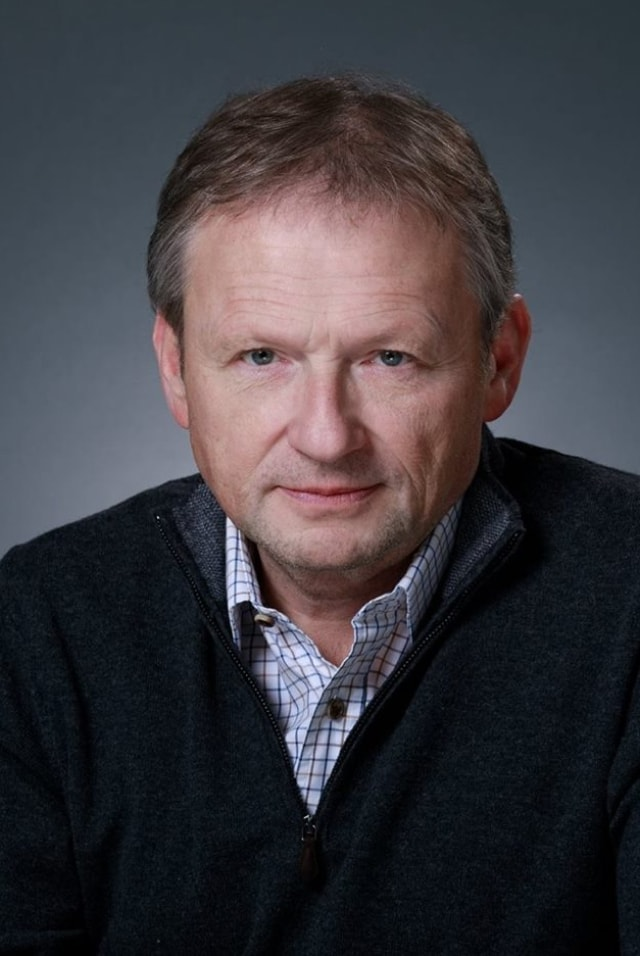

About us
The Abrau-Durso Group of companies produces sparkling wines created using classical technology and the Charmat method, still wines, as well as cider, spirits, energy and non-alcoholic carbonated drinks, and artesian water.
The Abrau-Durso Group of companies presents collections of Abrau-Durso, Vedernikov Winery and Loza wineries. In 2023, the Group's combined sales totalled 56.704 million bottles.
Abrau-Durso is the most titled winemaking enterprise of modern Russia. Since 2011, the company's wines have won more than 181 awards at international tasting competitions. Among them are gold medals from the oldest tasting competitions in the world: International Wine & Spirit Competition (IWSC), Decanter World Wine Awards, International Wine Challenge, Mundus Vini, Champagne & Sparkling Wine World Championships (CSWWC) and Korean Wine Challenge.
Abrau-Durso is especially proud of its achievements at the largest international competition of sparkling and champagne wines CSWWC. In 2021, Abrau-Durso became the champion in the Rising Star category, in which experts annually recognize the most promising producer of sparkling and champagne wines in the world.

Wine Creation
The Terroir
The magic of wine consists in its ability to preserve the memory of its place of birth. The terroir is the magic that surrounds a growing vine. The word «terroir» comes from the French word «terre», which means «land». However, it has a much broader sense. This comprehensive term is used by wine makers to describe a unique combination of soils, weather conditions and ecosystem of an area, including its local charm. Each of these factors has a particular effect on the taste and aroma of wine. The terroir of Abrau-Durso includes a unique soft climate, an authentic composition of soils and a special compass rose of Caucasus foothills.
Wind Pattern
It is the wind that carries to the vineyards the aromas of the local nature, which are reflected in the local wine style. The winds of Abrau-Durso valley situated in the foothills of Navagir Mountains create a mixture from many aromas: from dry herbs and steppe flowers to salty sea and fresh lake aromas.
Soil and Stones
Millions of years ago, the place of Abrau-Durso vineyards was taken by the ocean floor. Today, sea minerals give power to the vines. Limestone dominates in the soils of Abrau-Durso, which makes this place similar to the world’s best winemaking areas, such as Chablis, Champagne or Franciacorta. The presence of large stones also makes a difference: they heat during the day and then release the heat into the soil, thus creating favourable conditions for the grapes to grow and ripen. This soil is the vines’ home.
Sea and Sun
320 sunny days per year, the proximity of the Black Sea and green forests of the North Caucasus National Park create the perfect conditions for Abrau-Durso’s vineyards. Located amphitheatrically in between green hills, they get most of the sun. The proximity of the sea is especially important at night when the vines need some chilling for the grapes to ripen in the right way. All these things let the winemakers produce the best grapes every year.
The Terroir
The magic of wine consists in its ability to preserve the memory of its place of birth. The terroir is the magic that surrounds a growing vine. The word «terroir» comes from the French word «terre», which means «land». However, it has a much broader sense. This comprehensive term is used by wine makers to describe a unique combination of soils, weather conditions and ecosystem of an area, including its local charm. Each of these factors has a particular effect on the taste and aroma of wine. The terroir of Abrau-Durso includes a unique soft climate, an authentic composition of soils and a special wind pattern of Caucasus foothills.
Wind Pattern
It is the wind that carries to the vineyards the aromas of the local nature, which are then reflected in the local wine style. The winds of Abrau-Durso valley situated in the foothills of Navagir Mountains create a mixture from many aromas: from dry herbs and steppe flowers to salty sea and fresh lake aromas.
Soil and Stones
Millions of years ago, the place of Abrau-Durso vineyards was taken by the ocean floor. Today, sea minerals give power to the vines. Limestone dominates in the soils of Abrau-Durso, which makes this place similar to the world’s best winemaking areas, such as Chablis, Champagne or Franciacorta. The presence of large stones also makes a difference: they heat during the day and then release the heat into the soil, thus creating favourable conditions for the grapes to grow and ripen. This soil is the vines’ home.
Sea and Sun
320 sunny days per year, the proximity of the Black Sea and green forests of the North Caucasus National Park create the perfect conditions for Abrau-Durso’s vineyards. Located amphitheatrically in between green hills, they get most of the sun. The proximity of the sea is especially important at night when the vines need some chilling for the grapes to ripen in the right way. All these things let the winemakers produce the best grapes every year.
The Family
The history of Abrau-Durso is written by people who are in love with the Winehouse. Enchanted by the magic of this place, they devoted their lives to it. Champagne makers, wine makers and oenologists are wizards of wine, who create the best samples for Abrau-Durso collection. Every day, they create wines just like artists create their paintings. Please welcome the Abrau-Durso family!
Our winery
The Abrau-Durso estate was founded in 1870 by Emperor Alexander II. The first agriculturist of the estate was Fedor Geyduk, who proposed to create vineyards at Lake Abrau, planting popular international grape varieties. From 1877 to 1898, the estate produced only still wines. The first batch of sparkling wines aged in rock tunnels of Abrau-Durso was released in 1896. Today, Abrau-Durso sparkling wines are produced using two methods - the traditional one and the Charmat method. French and Russian oenologists created sparkling wines for the collections, such as Imperial, Brut D’or, Victor Dravigny and Appanage Department - all aged in the famous Abrau-Durso rock tunnels. The Russian Champagne collection is produced using the accelerated Charmat method.




















































